
Moderna and Thermo Fisher Scientific have formed a collaboration to leverage dedicated commercial fill/finish manufacturing capacity in the US for mRNA vaccines and therapies.

Moderna and Thermo Fisher Scientific have formed a collaboration to leverage dedicated commercial fill/finish manufacturing capacity in the US for mRNA vaccines and therapies.

Fareva plans to use blow-fill-seal equipment and ApiJect’s prefilled injector technology to create fill/finish capacity in France.

Sartorius will invest approximately €270 million (US$305 million) to expand its biopharmaceutical manufacturing activities in South Korea’s biopharm hub.

Isolators move into smaller-volume processes, including cell and gene therapy manufacturing.

Jordi Serrat, Product & Technology Director, Azbil Telstar talks about the role of disruptive and digital technologies in aseptic processing.

Rafael Beaus, Global Consultancy Manager, Azbil Telstar, discusses Annex 1 and trends in aseptic production.

Luke Stockhausen, Lead Process Engineer, CRB, talks about technological advances, processing line changes, and new solutions to overcome challenges in aseptic processing.

Richard Denk, Senior Consultant Aseptic Processing and Containment, SKAN AG, discusses the evolution of aseptic processing with a particular focus on isolators.

Patrick Nieuwenhuizen, Senior Manager/Consultant, PharmaLex, discusses changes to regulatory requirements, quality risk management, audits, and operational considerations of aseptic processing.

Disposable equipment components find use in small-volume aseptic biopharmaceutical manufacturing.

A coating technology for a staked needle prefillable syringe reduces the potential risks associated with silicone oil as a lubricant.

A new GMP facility in Raleigh, NC, and a starting materials facility in Paris, France, give Cellectis end-to-end, in-house manufacturing capacity for its UCART product candidates.

Susan J. Schniepp, distinguished fellow at Regulatory Compliance Associates, answers some commonly asked questions about aseptic processing.

Lonza’s investment in its Stein and Basel facilities in Switzerland aims to expand its overall drug product development and manufacturing services.

CPC’s MicroCNX Series Connectors provide an alternative to tube welding at small tubing sizes.

Alternative materials, as well as supply-chain planning, are essential to ensure a reliable supply for parenteral drug packaging.

Lonza plans to establish drug product manufacturing capabilities at is site in Guangzhou, China, to produce clinical trial and commercial supply in the country.
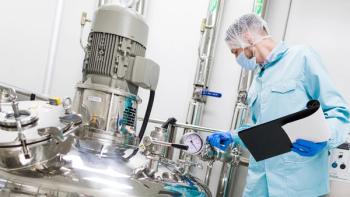
Through the adoption of single-use technology, drug manufacturers have been able to adapt to the challenges posed by the COVID-19 pandemic.

Summa Equity has acquired a majority stake in G-CON Manufacturing, a prefabricated cleanroom provider.
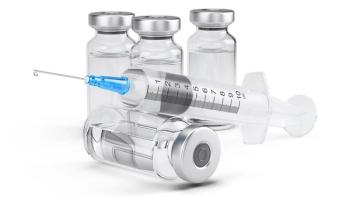
Material properties play a role in container closure integrity under frozen or cryogenic storage temperatures.
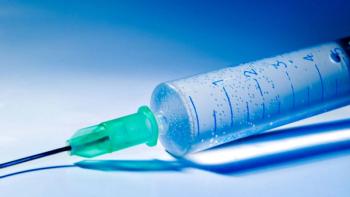
A best practices approach to pharma’s most challenging-to-inspect container.
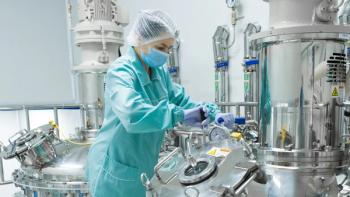
The innovation of single-use technologies is applicable early on in the manufacturing process.

The expanded agreement will include aseptic fill/finish services at its San Diego, CA facility.

Traditional methods of testing cleanroom garments fail to test for dynamic conditions in the cleanroom. A holistic approach considers particulate shedding and heat load during processing, as well as the impact of laundering on garment life cycle.
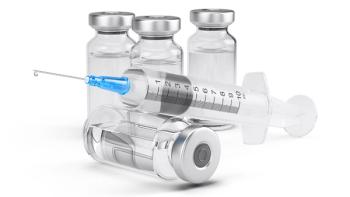
While manufacturing increases have been implemented for vials and syringes, meeting future market needs remains unpredictable.